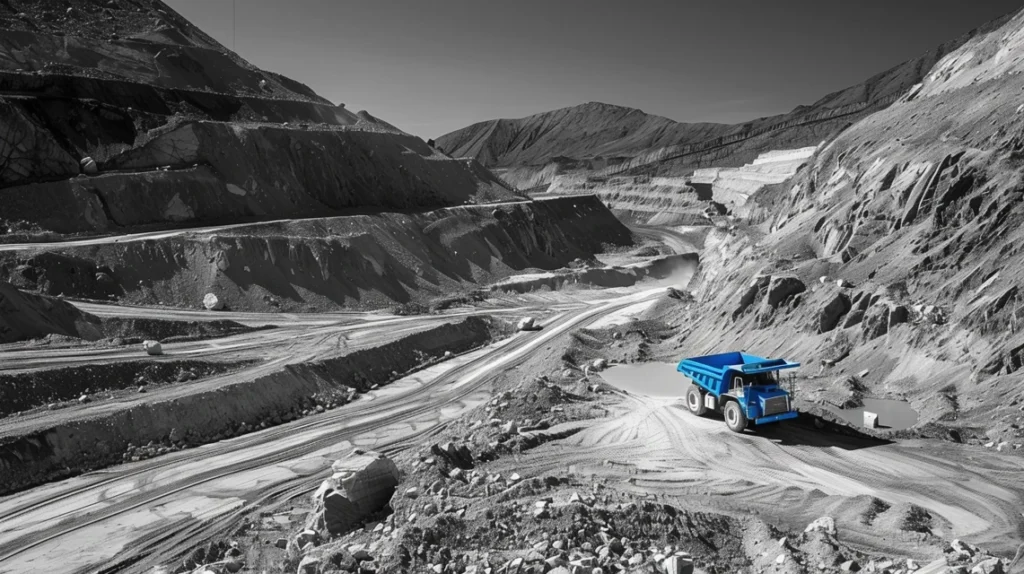A lithium mine in the Atacama Desert and energy-intensive data centers exemplify the environmental challenges posed by the tech industry, revealing substantial resource consumption and energy demands that raise concerns about sustainability and responsible practices.
A significant lithium mine is operating in the Atacama Desert, Chile, as documented in 2022 by a photograph captured by Martin Bernetti for AFP/Getty Images. This operation underlines the tech industry’s environmental footprint, particularly noting the substantial resource consumption tied to advancements in artificial intelligence (AI).
Large language models like ChatGPT, hosted by energy-intensive data centers, exemplify the issue. Studies indicate that training ChatGPT-3 at Microsoft’s facilities alone potentially used around 700,000 liters of water for cooling. The tech sector’s infrastructure, including Google’s global data centers and Meta’s new AI Research SuperCluster, further emphasizes the immense energy demands. This is notable as energy consumption from these centers has been reported to surpass that of commercial flights.
The extraction of minerals such as lithium and cobalt, essential for batteries in data centers, also raises environmental concerns. The extraction process is water-intensive and can cause pollution, compromising water security and often linked to human rights violations and labor issues.
Additionally, the energy demand for tech endeavors can strain essential power supplies for residential areas. An example from the UK illustrates this, where outdated electricity networks delayed housing projects due to capacity issues.
Overall, the tech industry’s resource consumption, while pivotal in advancing technology, poses significant environmental challenges, shedding light on the need for transparent and accountable practices in balancing technological growth with sustainability.










